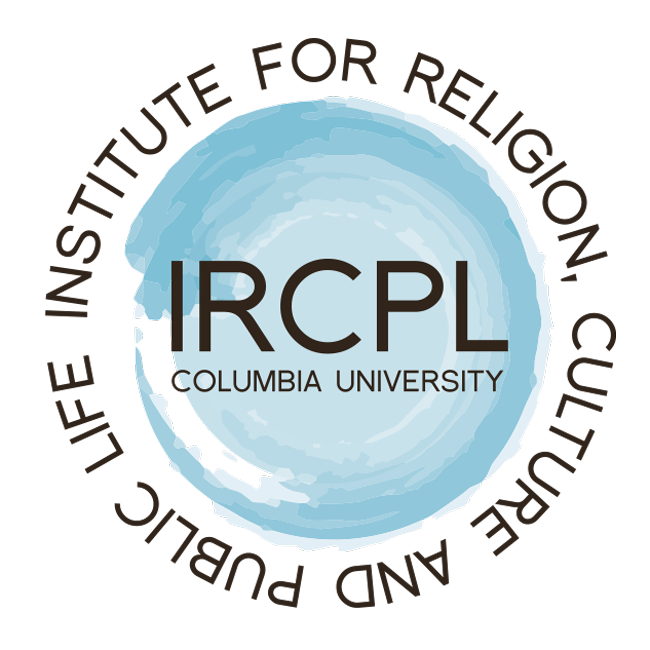Funded by the Henry R. Luce Foundation’s Initiative on Religion in International Affairs
In fall 2018, the Institute for Religion, Culture and Public Life started a three-year project titled “Rethinking Public Religion in Africa and South Asia.” The project will further scholarly and public understanding of the changing dynamics of interactions among religious communities in the modern world, considering the ways in which religion becomes public through diverse forms of encounter.
By attending to the broad array of phenomena that comprise lived religion and its place in public life, our goal is to rethink the concept of “public religion.” The project aims to shift public and academic discourse away from a tendency to foreground discrete religious traditions, sectarian boundaries, and identity politics, which all too often reduces the variety of ways in which religion’s place can be seen within social, political, and cultural life and reinforces the boundaries between communities.
“Public Religion” has become a common designation over the past 25 years, along with the rise of a critical secular studies in which the claims of privatization have been challenged. Public Religion is also implicitly or explicitly part of the firmament in the debates over immanent frames, the post-secular public sphere, and related topics. While work in these areas has been very productive, through this project we seek to explore three crucial contentions in more depth.
The first is that we cannot understand public religion without equal attention to the mediums and modes of religious publicity. How, exactly, does public religion takes shape? What are the conditions and qualities of being public? What difference does radio make, or the presence of a charismatic personality, or the posters in a marketplace, or a semiotic ideology in which the written word is considered more serious than the spoken word?
The second contention is that context matters, not only with respect to what “religion” means or does, but also what makes something “public.” Does it make sense to speak of “public religion” in Ghana, Ethiopia, or India in the same breath as we might with respect to Canada, Germany or other sites in the Global North? If so, how? If not, why? How do cases in various contexts in Africa and South Asia—which have their own distinct histories, as well as connections and links—allow us to reflect on the histories of such designations?
The third contention is that our understandings of religion (and its others) stand to benefit from more frequent pushes beyond traditional sites of inquiry (the mosque, the pilgrimage route, the act of prayer). The turn to publics allows one to consider not only these longstanding subjects, but also how we can approach “religion” through the use of film, the files of a government bureaucrat, or interactions in a neighborhood market. In such respects, the project also seeks to advance scholarship that considers the material, embodied, and sensual aspects of religious life over and above the extent to which such markers can serve as evidence of convictions and beliefs, as well as new ways to theorize circulation and translation.
The project establishes a partnership between IRCPL, the South Asia Institute and the Institute for African Studies at Columbia, for research, programming, public events and innovative new courses. This project is made possible by the generous support of the Henry Luce Foundation.

